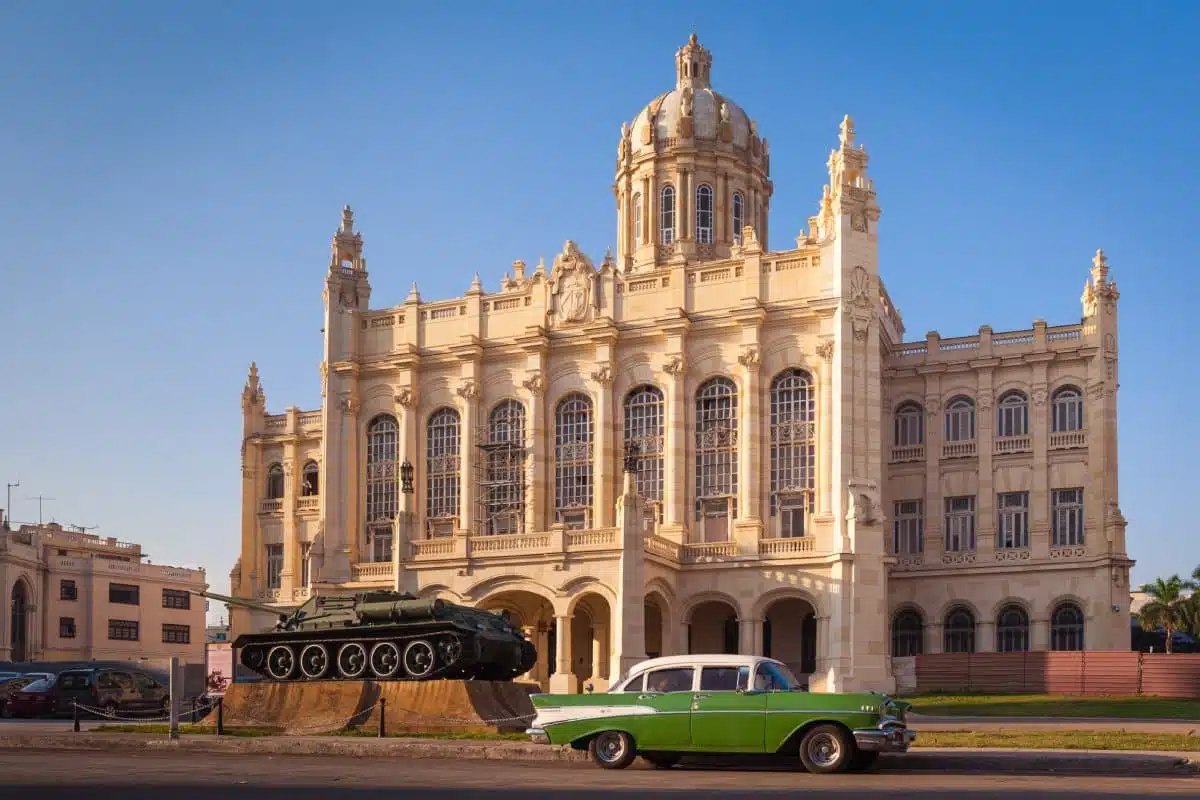Traveler Profile: Katie, UK
Location: Havana, Cuba
Time of Year: December
Travel Goals: Great photography locations, vintage cars, salsa dancing, history, and lively markets
Bucket list adventure, check! Havana had been at the top of my bucket list of places to travel for years. Finally, last December, I managed a tour of Cuba, the highlight being Havana, the capital of Cuba. It is a city rich in historical and cultural significance, renowned for its well-preserved colonial architecture, vibrant street life, and significant landmarks. Key attractions include Old Havana, a UNESCO World Heritage site characterized by its historic buildings and lively plazas. The Malecón is a popular seaside boulevard offering stunning ocean views, whilst El Capitolio, an iconic symbol of Havana’s architectural ambition, and Revolution Square, notable for its political importance and monumental sculptures.
The city also boasts the Museo Nacional de Bellas Artes, which houses an extensive collection of Cuban and international art, and the Tropicana Club, famous for its cabaret shows that capture the essence of Havana’s legendary nightlife. Additionally, Ernest Hemingway’s legacy is palpable in his favorite haunts, such as La Bodeguita del Medio and El Floridita, while Morro Castle stands as a testament to Havana’s historical role as a fortified port. These elements contribute to Havana’s unique charm, making it a compelling destination that offers a deep dive into Cuba’s rich history, culture, and artistic expressions.
Breakfast at El Café, Amargura Street
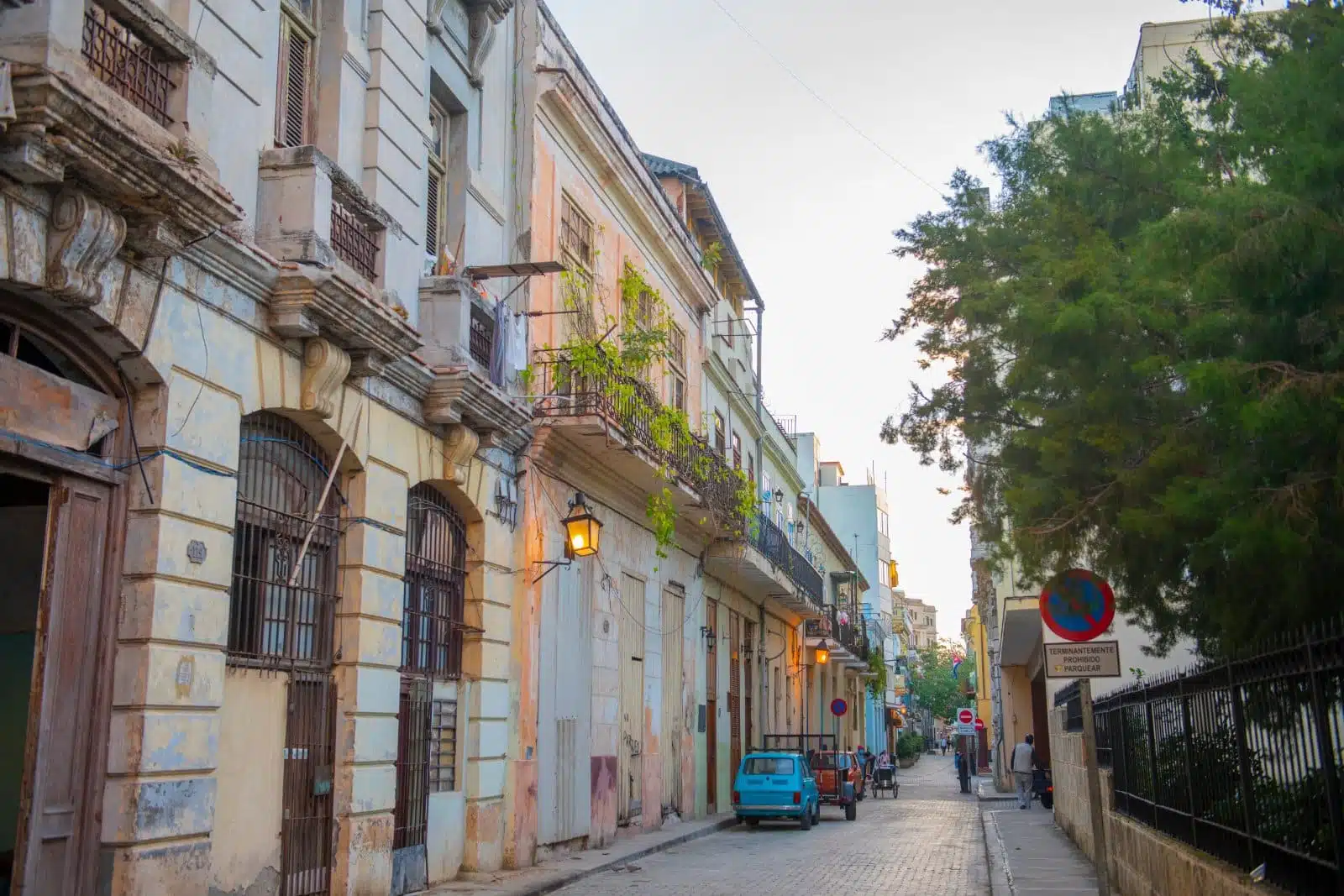
Image Credit: Shutterstock / Wangkun Jia
El Café on Amargura Street introduces Havana’s thriving culinary scene. This quaint café, nestled in the heart of Old Havana, offers a menu that blends traditional Cuban flavors with modern culinary techniques. The ambiance, characterized by its rustic decor and warm lighting, invites you to relax and savor your meal. The breakfast menu features a variety of options, from classic Cuban toast and tropical fruit platters to more substantial offerings like eggs prepared to your liking, accompanied by freshly brewed Cuban coffee.
My Insider’s Tip: For a truly local experience, I tried the “Desayuno Cubano” (Cuban breakfast), which included eggs, ham, Cuban toast, and a cup of the café’s signature coffee. Arriving early ensures you get a seat and provides a peaceful setting to plan the day ahead.
Morning Walk Along the Malecón
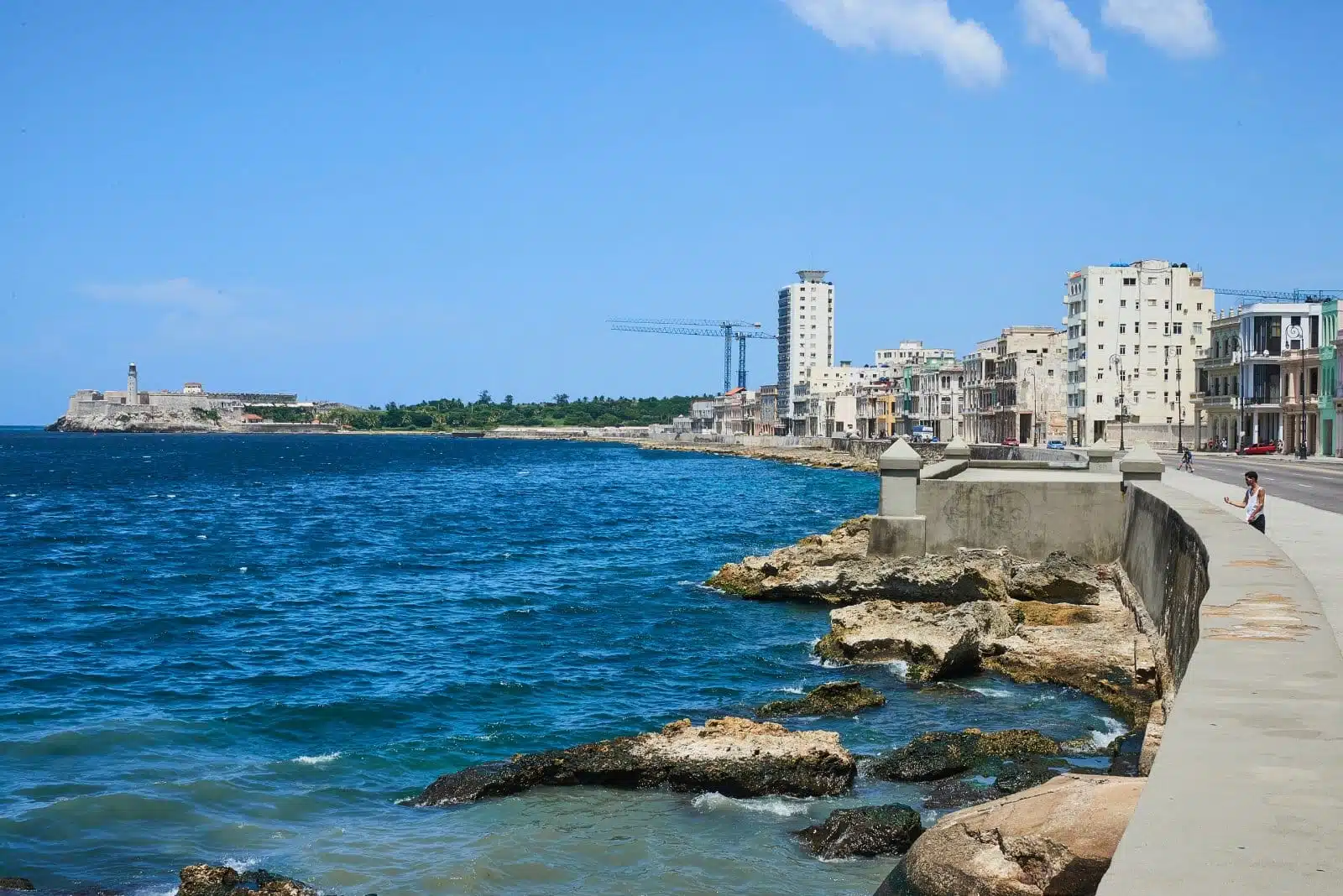
Image Credit: Shutterstock / Danilo Marocchi
The Malecón, Havana’s iconic seaside boulevard, stretches for 8 kilometers along the coast, offering breathtaking ocean views and the city’s colorful facades. My morning walk here was a refreshing way to witness Havana waking up, as fishermen set out for the day’s catch and locals engaging in their daily routines against the backdrop of the rising sun. The Malecón has plenty of structures that have weathered the elements over the years, serving as a popular gathering spot for Cubans and visitors alike.
My Insider’s Tip: Start your walk at the eastern end near the Castillo de la Punta just as the city awakens. This timing provides cooler temperatures and softer light for photography enthusiasts looking to capture the essence of Havana’s coastal beauty.
Explore Old Havana (Habana Vieja)
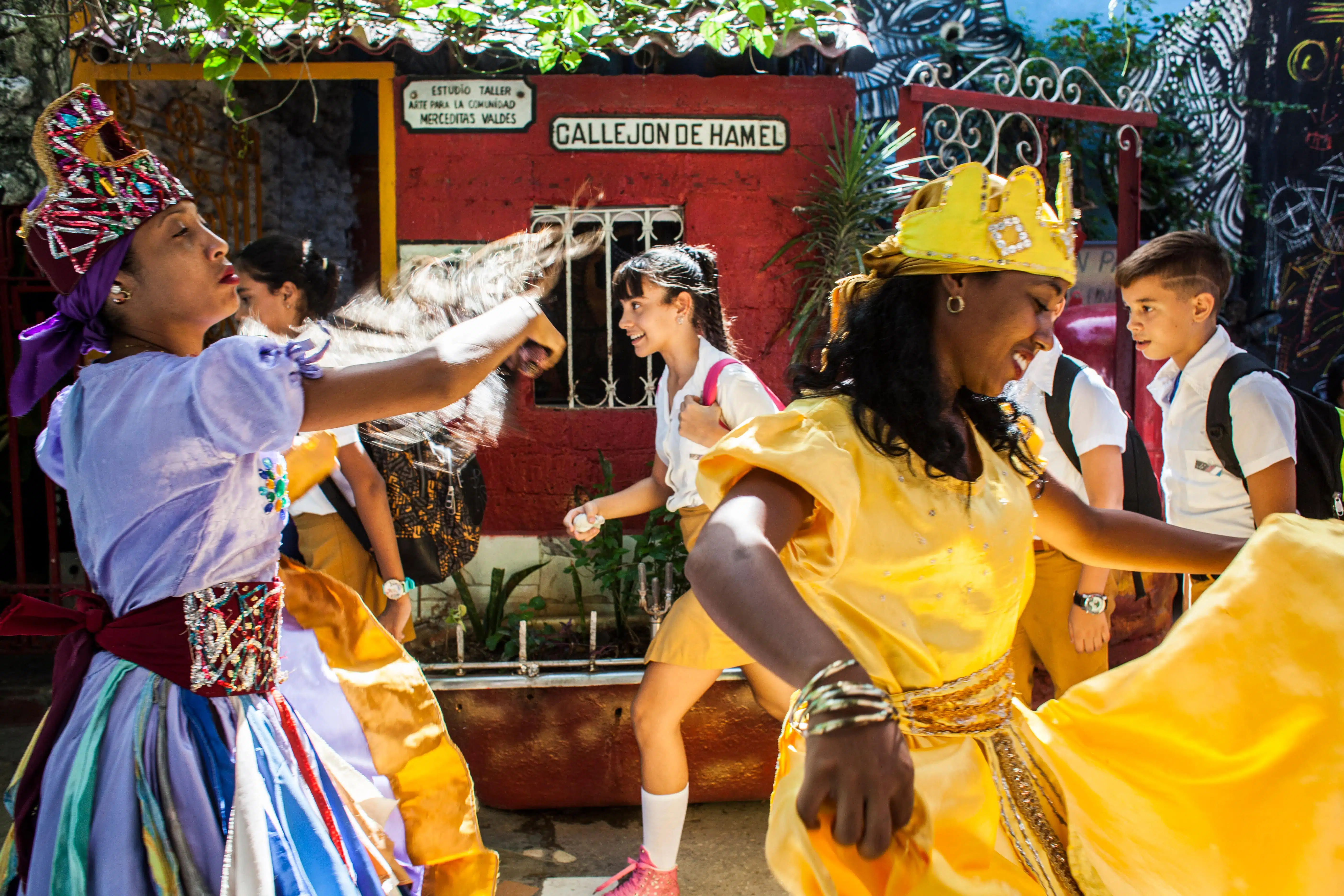
Image Credit: Shutterstock / Alvarfuente
Old Havana, a UNESCO World Heritage site, is the city’s historic core, boasting colonial buildings, cobblestone streets, and vibrant plazas. Exploring this area offers an insight into Cuba’s rich history and architectural diversity, from Baroque to Neoclassical styles. Notable landmarks include the Cathedral of Havana, Plaza de Armas, and the bustling Obispo Street. Each corner of Habana Vieja tells a story, from its museums and churches to the local artisans selling their crafts.
My Insider’s Tip: Beyond the main attractions, explore the lesser-known Callejón de Hamel, a street filled with Afro-Cuban art and murals. Visiting on a Sunday morning might also offer the chance to experience a rumba session, showcasing the area’s deep cultural roots.
Lunch at Jibaro’s
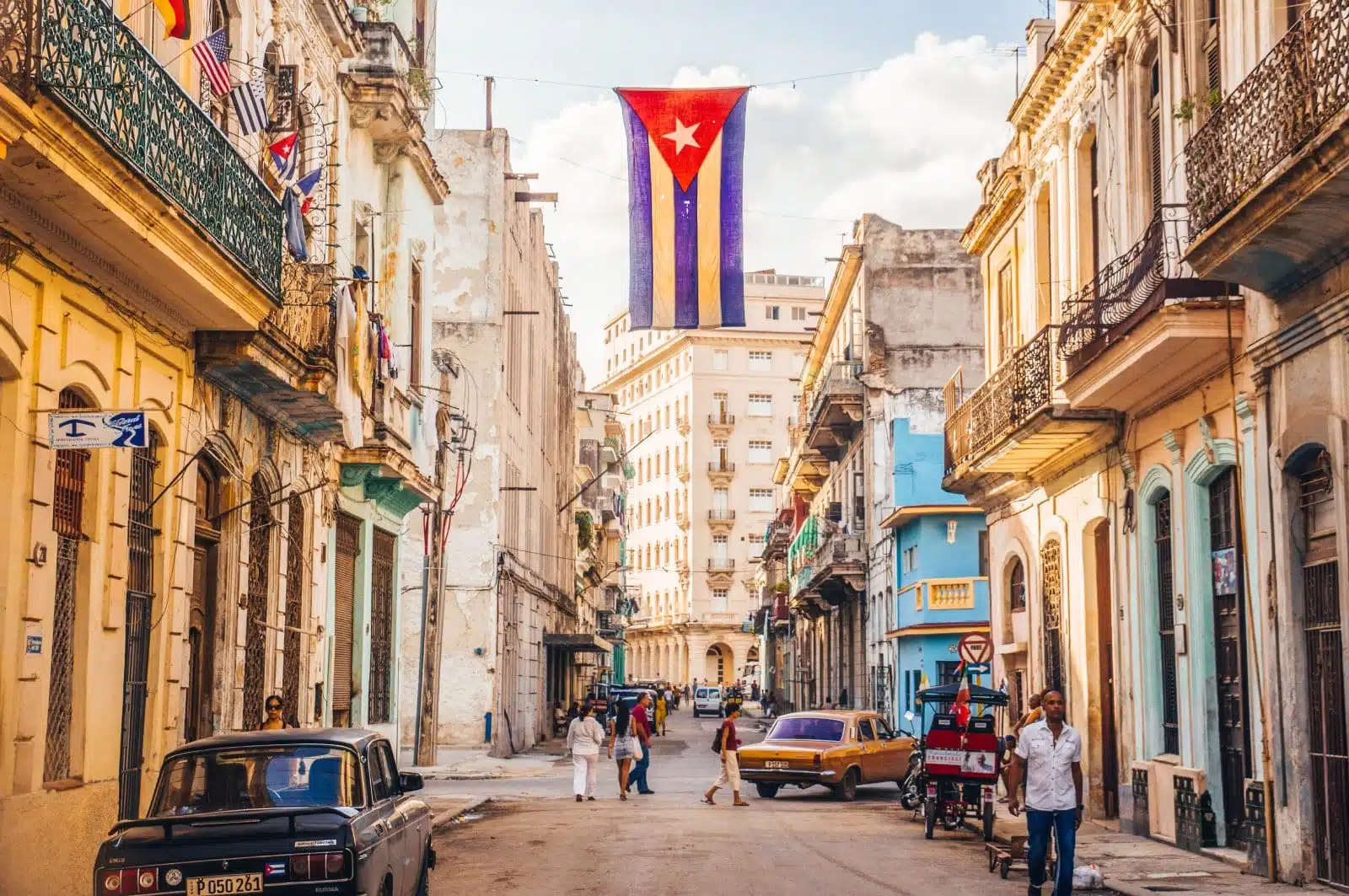
Image Credit: Shutterstock / Julian Peters Photography
Jibaro’s, a paladar (privately owned restaurant) located in the heart of Old Havana, offers a contemporary dining experience focusing on innovative Cuban cuisine. The restaurant’s interior combines modern aesthetics with elements of traditional Cuban design, creating a welcoming atmosphere. The menu at Jibaro’s showcases the chef’s creativity, featuring locally sourced ingredients and presenting Cuban dishes with a twist. The dining experience is complemented by a selection of Cuban wines and cocktails, adding to the restaurant’s appeal.
My Insider’s Tip: If you are hungry, opt for the “Tasting Menu” to sample a range of dishes. This option provides a comprehensive taste of the restaurant’s culinary offerings, ideal for those exploring the depth of Cuban flavors.
Afternoon Visit to the Museo Nacional de Bellas Artes
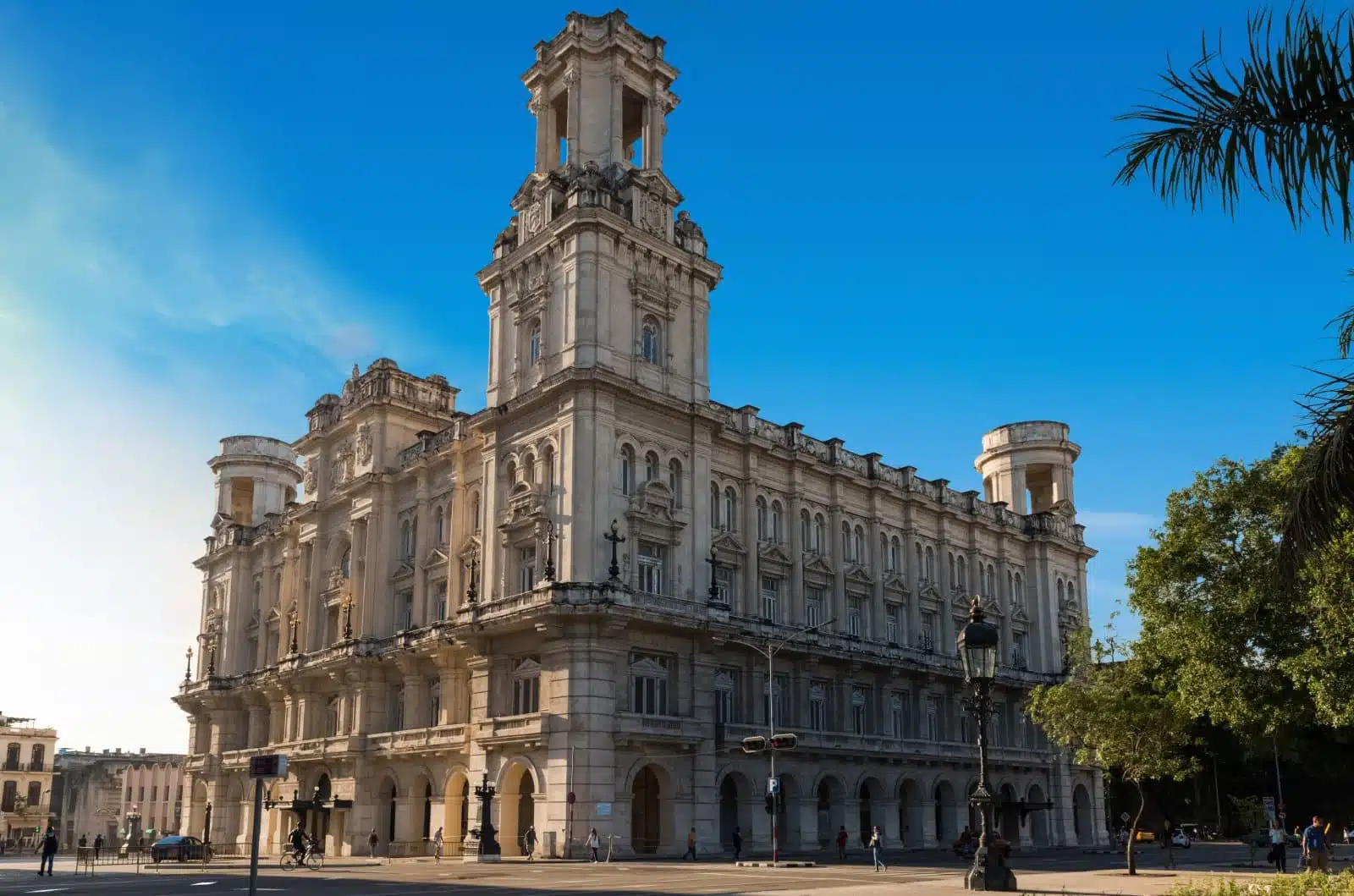
Image Credit: Shutterstock / possohh
The Museo Nacional de Bellas Artes displays Cuban culture and history, housing the country’s most extensive collection of art. The museum is divided into two buildings: one dedicated to Cuban art from the colonial era to the present and another focusing on international art. The Cuban collection offers insight into the nation’s social and political journey through the works of its artists, while the international galleries showcase a diverse range of art from around the world.
My Insider’s Tip: Allocate sufficient time to explore the Cuban art building, as it offers a unique perspective on the country’s history and cultural evolution. The museum’s guided tours can enrich your visit with expert insights into the significance of the collections.
Sunset Walk at Malecón
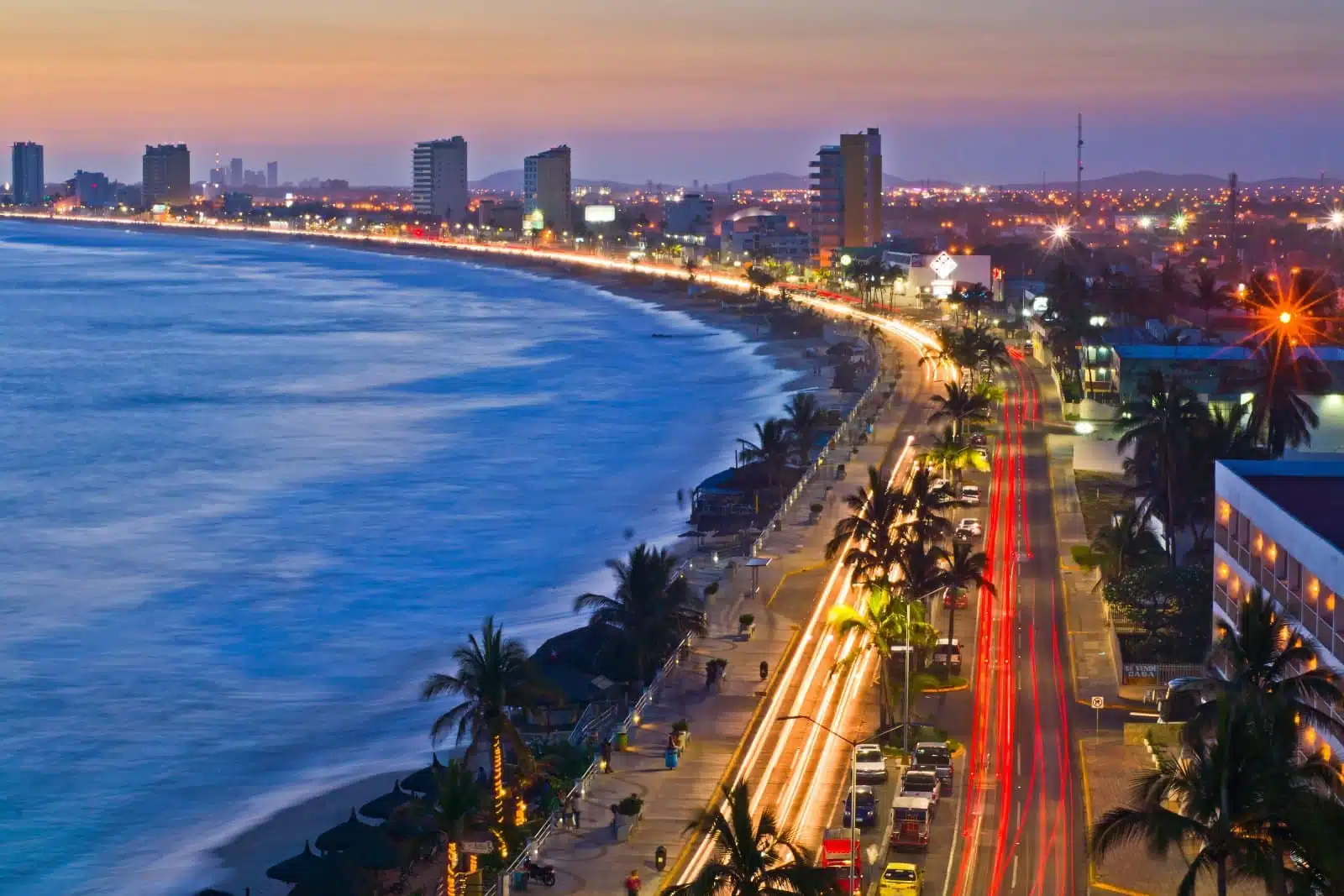
Image Credit: Shutterstock / photomatz
Returning to the Malecón for a sunset walk presents a different facet of this iconic boulevard. As the sun dips below the horizon, the sky transforms into a canvas of vibrant colors, casting a warm glow over the city. This time of day shifts the atmosphere, with locals and visitors gathering to enjoy the cool evening breeze, engage in conversations, and revel in the beauty of the moment. The Malecón, with its endless ocean view and historic backdrop, offers a serene setting to reflect on the day’s experiences.
My Insider’s Tip: Find a spot near the Castillo de los Tres Reyes del Morro for an unobstructed view of the sunset. This location is also perfect for capturing stunning photographs of the sun setting over the ocean.
A Light Supper at Paladar La Guarida
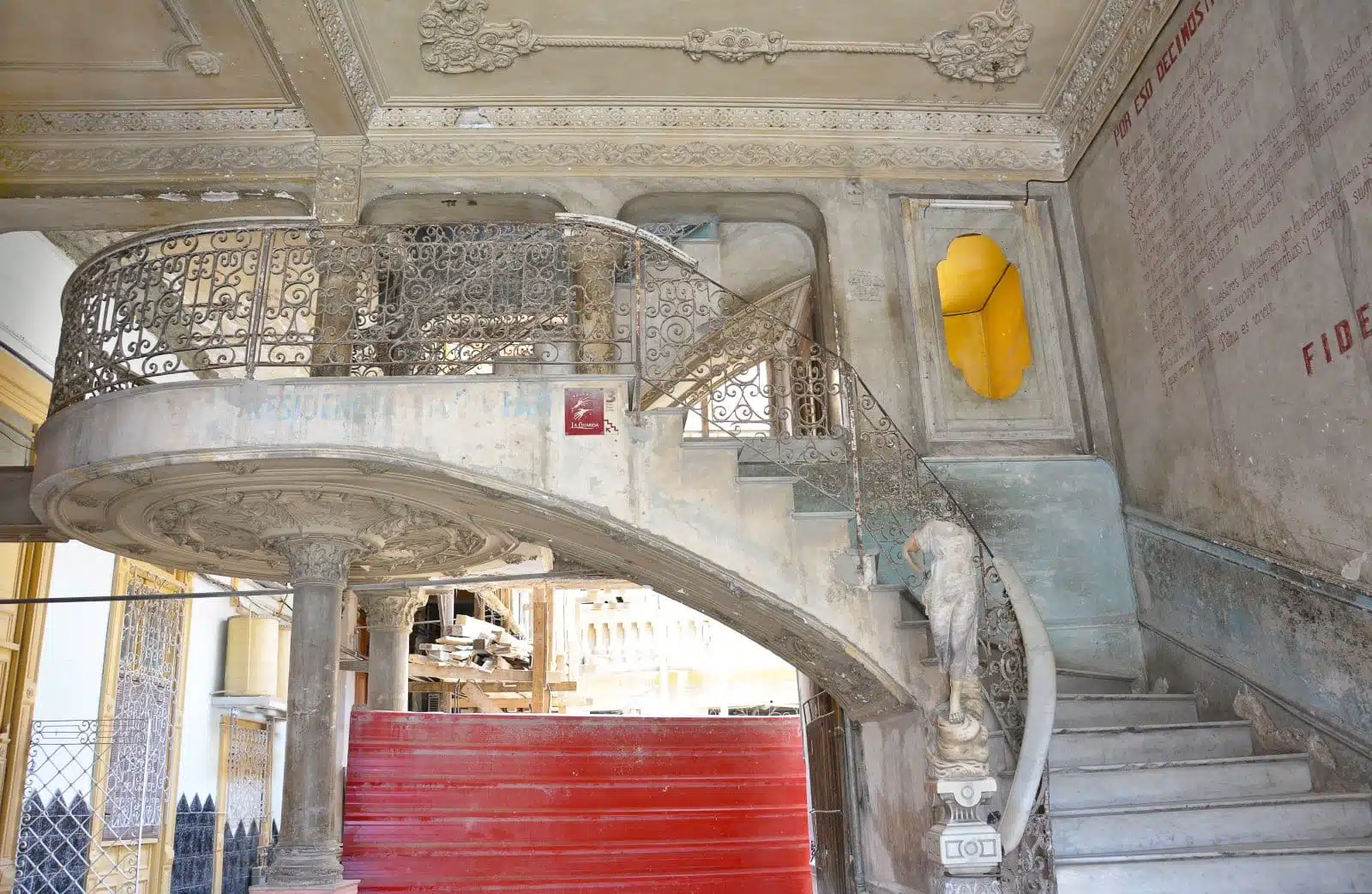
Image Credit: Shutterstock / Steve Cukrov
Paladar La Guarida, set in a beautifully restored early 20th-century mansion, is one of Havana’s most famous restaurants, known for its role in the film “Fresa y Chocolate.” The restaurant’s ambiance, characterized by its eclectic decor and intimate dining rooms, sets the stage for a delicious culinary experience. The menu features a fusion of traditional Cuban flavors with international influences, using high-quality ingredients to create innovative and comforting dishes. La Guarida’s reputation for excellence extends to its service, making it a must-visit for those seeking a memorable dining experience in Havana.
My Insider’s Tip: Be sure to reserve a table in advance, as La Guarida’s popularity makes it a sought-after destination. Request a table on the rooftop terrace for a dining experience accompanied by panoramic views of the city.
Evening at Jardines del 1830
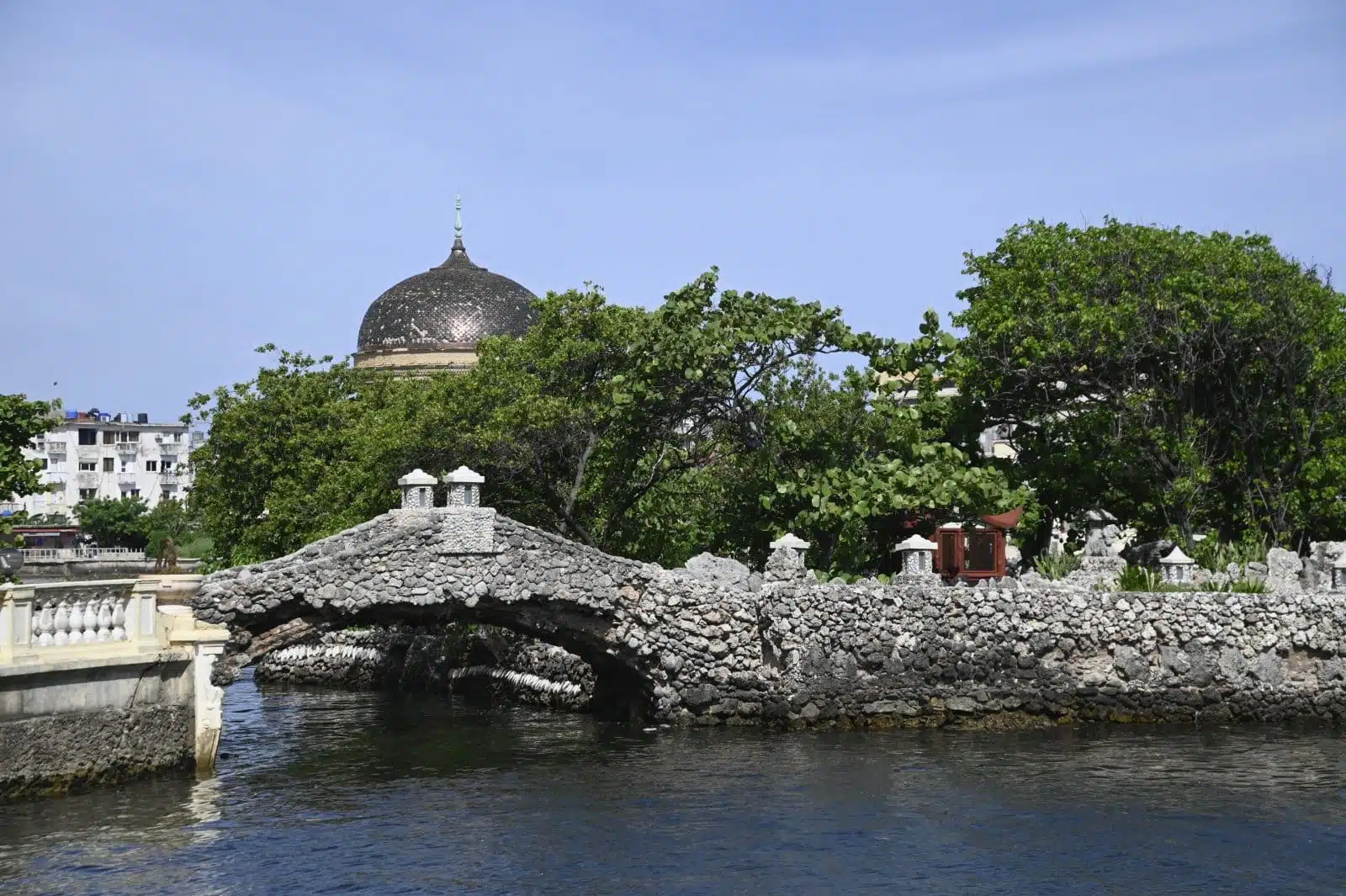
Image Credit: Shutterstock / Eleni Mavrandoni
Jardines del 1830, set in the garden of a historic mansion along Havana’s seafront, offers an unparalleled setting for an evening of salsa dancing. The venue’s open-air patio, surrounded by lush gardens and overlooking the ocean, provides a magical backdrop for dancing under the stars. Jardines del 1830 is renowned for its casual ambiance, welcoming locals and visitors to the dance floor. The venue’s Sunday casino de rueda events are a highlight, offering a lively introduction to Cuba’s unique style of salsa dancing, where participants form a circle and switch partners in a dynamic and inclusive celebration of Cuban dance culture.
My Insider’s Tip: Don’t hesitate to join in, even if you’re new to salsa dancing. The friendly atmosphere and the joy of dance make it easy to learn and participate. Arriving early can also offer the opportunity to enjoy the garden setting before the dancing begins. It was great fun, even though I officially have two left feet!
Overnight at A|S Residence

Image Credit: Shutterstock / goodluz
After such a busy day, I needed a relaxing bath and a good night’s sleep. I chose to stay at A|S Residence, which offers comfort and elegance. This boutique accommodation in a restored historic building combines modern amenities with classic Cuban architecture. The residence provides a tranquil retreat from the bustling city, with beautifully appointed rooms and personalized service. Its location also offers convenient access to Havana’s main attractions, making it an ideal base for exploring the city.
My Insider’s Tip: Take advantage of the residence’s concierge services to arrange additional activities or transportation needs. Their local knowledge can enhance your stay and help you discover more of what Havana offers.
Brief History of Havana
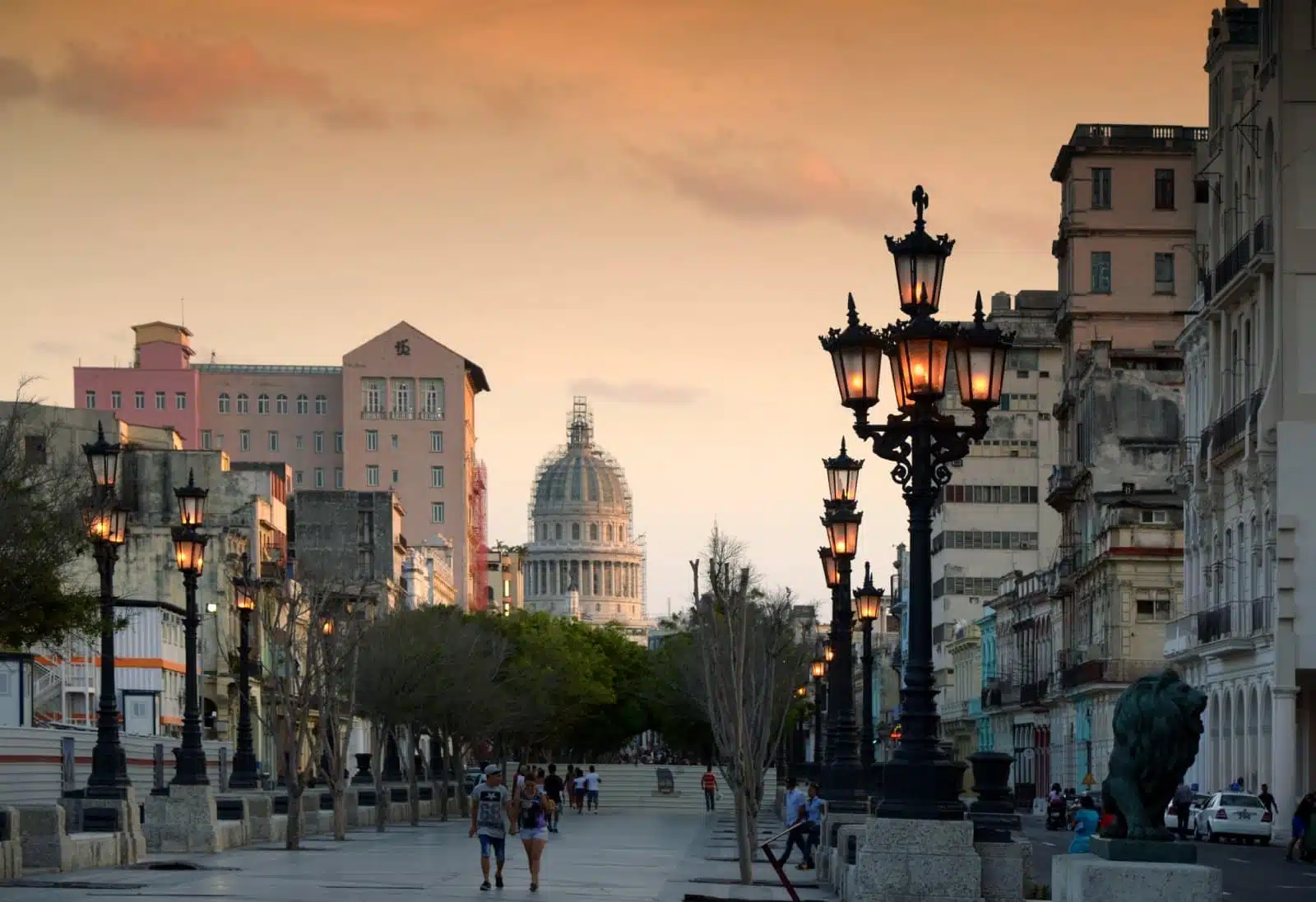
Image Credit: Shutterstock / unverdorben jr
Havana was founded by the Spanish in the 16th century, initially on the island’s southern coast, before being relocated to its current location on the northern coast in 1519. Its strategic position made it a key maritime center for the Spanish empire, serving as a stopping point for treasure-laden ships traveling between Spain and the New World. The city quickly grew in wealth and importance, which is reflected in its impressive colonial architecture, including fortresses, churches, and palatial homes.
Throughout the centuries, Havana has been influenced by various cultures, including African, European, and American, which have all contributed to its rich cultural history. The 20th century was marked by significant political changes, most notably the Cuban Revolution of 1959, which led to the establishment of a communist government. Despite economic challenges and political isolation, Havana has maintained its vibrant culture, with music, dance, and art playing integral roles in the daily lives of its citizens.
Today, Havana is a city of contrasts, where historic buildings and classic cars coexist with modern art and a dynamic youth culture. Its historical core, Old Havana (Habana Vieja), has been designated a UNESCO World Heritage Site, recognized for its well-preserved colonial architecture and historical significance. As Cuba’s capital, Havana continues to be the heart of the nation’s political, cultural, and economic life, attracting visitors from around the world with its unique charm and resilient spirit.
When to Travel

Image Credit: Shutterstock / Studio Romantic
The best time to visit Havana is during the dry season, which runs from November to April. During these months, the weather is generally sunny and mild, with temperatures ranging from 20°C to 30°C (68°F to 86°F), making it ideal for exploring the city’s outdoor attractions and enjoying its vibrant street life. This period also coincides with several cultural events and festivals, offering visitors a chance to experience Havana’s rich traditions and lively atmosphere. However, it’s worth noting that this is also the peak tourist season, so planning and booking accommodations in advance is recommended. From May to October, the rainy season sees higher temperatures and humidity, occasional showers, and the risk of hurricanes, particularly in September and October.
How to Get There
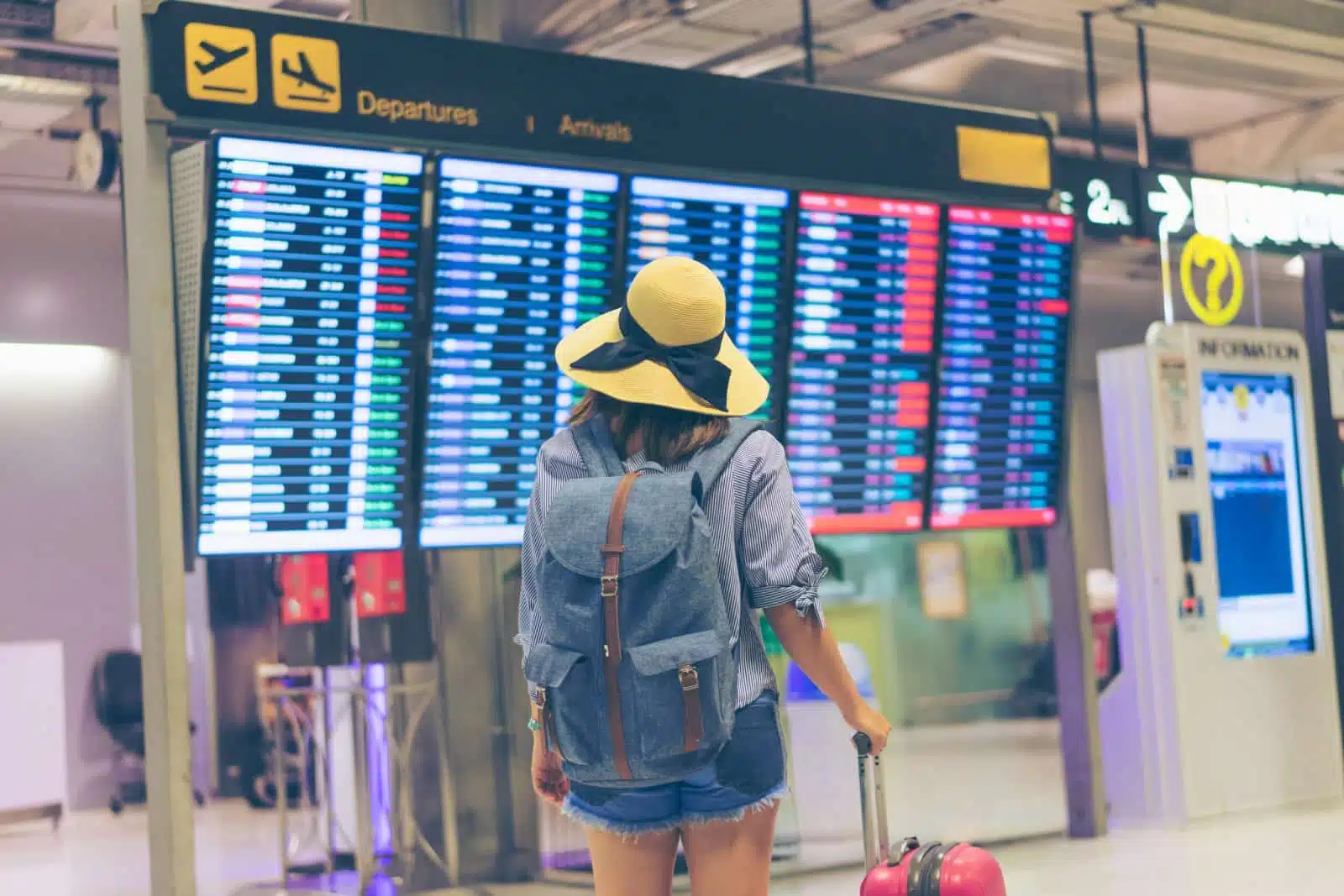
Image Credit: Shutterstock / Travel man
Havana is accessible primarily through José Martí International Airport (HAV), located about 15 kilometers southwest of the city center. The airport serves as the main gateway for international travelers coming into Cuba, offering flights from various parts of the world, including direct routes from Europe, Latin America, North America, and other regions. Upon arrival, visitors can reach downtown Havana via taxi, the most convenient and commonly used method of transportation. It’s advisable to agree on the fare before starting the journey. For those seeking a more immersive experience, renting a car or arranging a private transfer through your hotel can provide more flexibility to explore Havana and its surroundings.
The Bottom Line
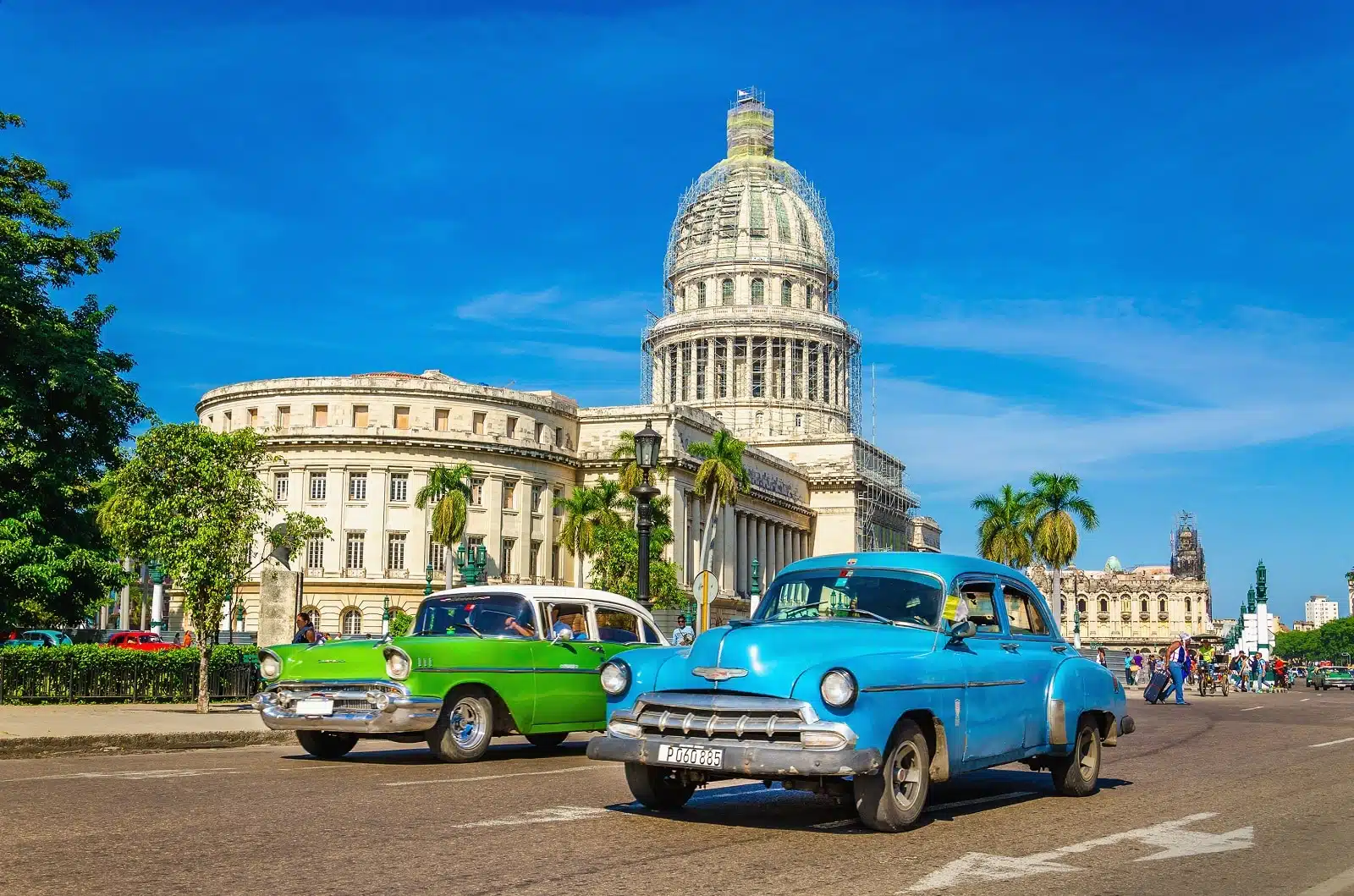
Image Credit: Shutterstock / Anna Jedynak
When planning your visit to Havana, consider traveling during the dry season, from November to April, for the most pleasant weather. Havana’s José Martí International Airport serves as the main gateway to the city, with various international flights. The city’s rich history, dating back to its founding in the 16th century, is evident in its diverse architecture, vibrant culture, and the warmth of its people. Embracing Havana’s past and present through its landmarks, cuisine, and music offers a deeply enriching experience that captures the spirit of Cuba.
More From The Green Voyage
12 Best Practices for Sustainable Travel in 2024 – How to Travel With Minimal Environmental Impact
Unlocking Hotel Perks – A Traveler’s Guide to Maximizing Hotel Reward Programs for Optimal Benefits
Travel Hacks for Frequent Flyers – 6 Tips and Tricks to Make the Best of Air Travel
The post One Day in…Havana, Cuba first appeared on The Green Voyage.
Featured Image Credit: Shutterstock / Maurizio De Mattei.
For transparency, this content was partly developed with AI assistance and carefully curated by an experienced editor to be informative and ensure accuracy.
Tips for Trip Success
Book Your Flight
Find an inexpensive flight by using Kayak, a favorite of ours because it regularly returns less expensive flight options from a variety of airlines.
Book Your Hotel or Special Accommodation
We are big fans of Booking.com. We like their review system and photos. If we want to see more reviews and additional booking options, we go to Expedia.
You Need Travel Insurance!
Good travel insurance means having total peace of mind. Travel insurance protects you when your medical insurance often will not and better than what you get from your credit card. It will provide comprehensive coverage should you need medical treatment or return to the United States, compensation for trip interruption, baggage loss, and other situations.Find the Perfect Insurance Plan for Your Trip
